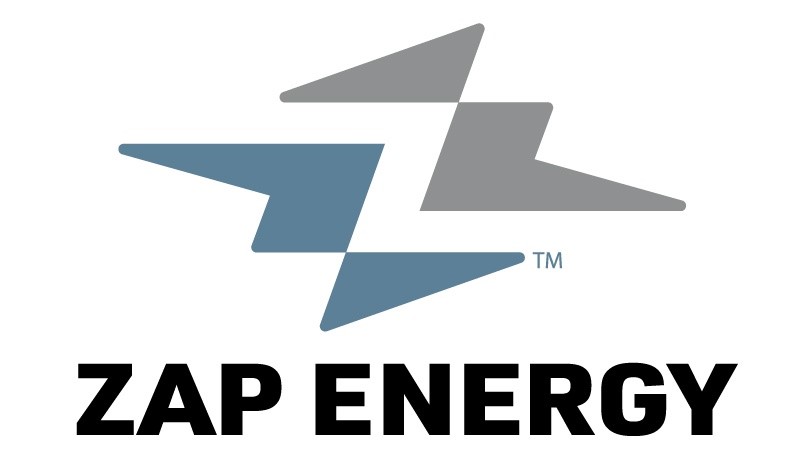Part 2 of 2 Parts (Please read Part 1 first)
The Century demonstration device stands about one and half tall stories tall. The liquid bismuth-lined reaction chamber inside the device is the size of a domestic water heater. The key components occupy as much space as a double-decker bus. Zap thinks its commercial-scale module, which should produce fifty megawatts of electricity, will occupy a similar volume.
In order to stay on track to a commercial power plant, Zap needs to hit three milestones. First, it needs to be able to produce high-voltage pulses frequently and continuously. A few weeks after it was turned on this summer, Century fired one thousand and eighty consecutive pulses. So far, so good.
The second step is to demonstrate the technology for the U.S. Department of Energy (DoE). They will run the device for more than two hours by firing at ten-second intervals to generate at least one thousand plasma pulses. In order to operate as a commercial power plant, Zap’s reactor will have to spark ten pulses per second for months on end.
After Zap completes the Century demonstration for the DoE, the team will add more liquid bismuth to the reaction chamber. The molten metal protects other parts of the device while absorbing heat that can be used to generate electricity. Century will be able to hold over one metric ton of the liquid metal, though for now it’s starting with one hundred and fifty-four pounds.
In the third phase, the company needs to ensure that its electrodes, the parts that generate the electric pulses, can withstand the heat and particles produced by each fusion reaction. Those parts won’t survive forever. All commercial power plants must undergo maintenance at some point. The question is primarily how frequently and for how long. Zap needs to ensure its most vulnerable parts can last long enough to make financial sense for owners of fusion power plants.
By 2025, Zap will increase the amount of electricity that’s delivered to the reaction chamber until it hits one hundred kilowatts. Conway expects that the company will evolve the Century reactor bit by bit. He added, “Even though Century is one platform, one name, within it are multiple generations. We iterate within the iterations.”
If Century works as expected, Conway said that “my hope would be that we’re building a demo well in this decade. If that goes well, commercial fusion power plants should follow in the early 2030s.”
Conway acknowledges that’s a lot of “ifs”. He added that “I’m convinced that when we cut the ribbon on our first power plant and we think about the hardest problems we’ve had to solve in the last five years, my guess is plasma physics and gain is on the list. But I bet there’s a lot of other stuff on the list as well.” That “other stuff” might be what makes or breaks commercial fusion power.
Conway continued, “Fusion needs to compete with other ways of making electricity and heat. If fusion power plants cost a lot more than other ways of making electricity, there’s not going to be many of them. There may be one that we take our kids to and show on a school field trip, and that’s it. The economics of these things is going to be really important.”
Nuclear Fusion 87 – Zap Energy Developing Unique Fusion Reactor The Utilizes Z-Pinch – Part 2 of 2 Parts

